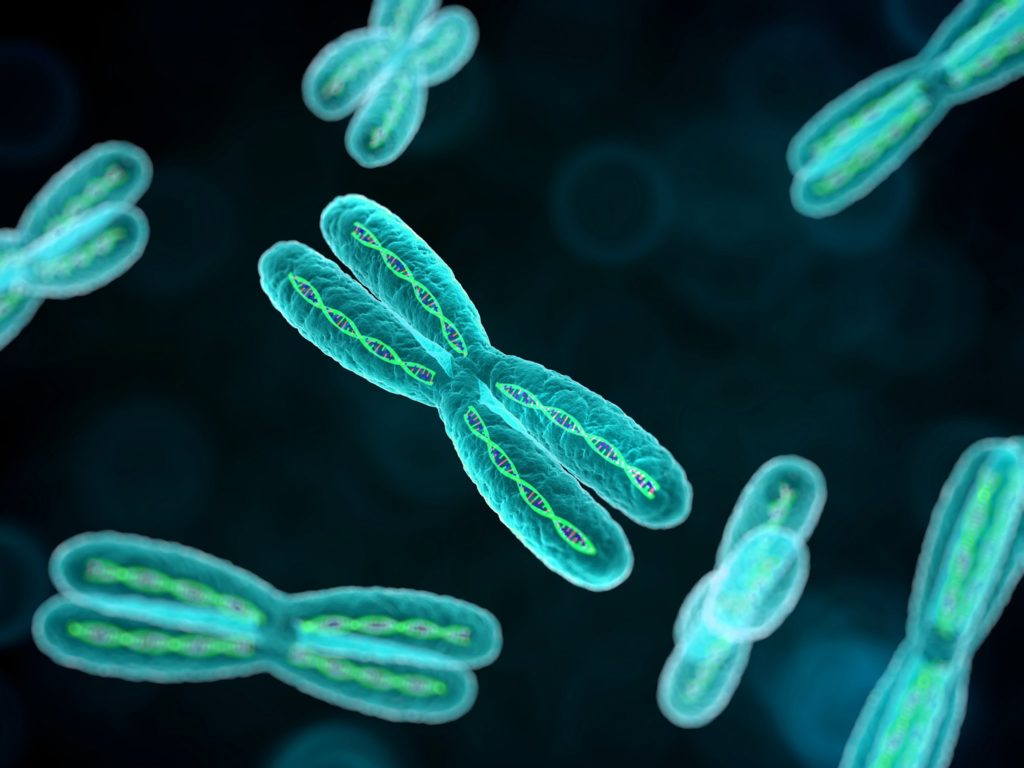Introduction
Tay-Sachs disease is a rare and usually fatal genetic disorder that causes progressive damage to the nervous system.
Symptoms usually begin before a baby is six months old. Their development slows down and they gradually lose their ability to move.
The most noticeable early symptoms include a baby being excessively startled by sudden noises and red dots appearing near the middle of their eyes.
The child then develops problems such as muscle weakness, loss of vision, loss of hearing and seizures.
Most children with the condition die before they’re four years old.
Less common forms of Tay-Sachs disease can begin later in childhood or even early adulthood. These usually progress less rapidly, although it’s usually fatal.
Read more about the symptoms of Tay-Sachs disease.
What causes Tay-Sachs disease?
Tay-Sachs disease is caused by a mutation in the HEXA gene. A genetic mutation is a permanent alteration in the DNA sequence that makes up a gene. It causes one or more processes of the body to not work properly.
A mutated HEXA gene results in the body not producing an enzyme called Hexosaminidase-A (Hex-A). Without this enzyme, a fatty substance called GM2 ganglioside builds up in the cells of the brain and nerves, and stops them working normally, eventually destroying them.
Both parents have to be carriers of a HEXA mutation to be at risk of having a child with Tay-Sachs disease. If both parents are carriers, their children will have a 25% chance of developing the condition.
Read more about the causes of Tay-Sachs disease.
Testing for Tay-Sachs disease
Screening for Tay-Sachs disease is recommended for people in high-risk groups before planning a family. In the UK, this includes people of Ashkenazi Jewish descent and anyone with a history of the condition in their family.
Screening can take place at two points, either before or after a baby is conceived. If the condition is diagnosed in an unborn baby, the parents can decide whether or not to continue with the pregnancy.
Read more about testing for Tay-Sachs disease.
How is Tay-Sachs disease treated?
There’s currently no cure for Tay-Sachs disease, so treatment involves making the child feel as comfortable as possible by treating the associated symptoms.
Research is being carried out into possible cures for Tay-Sachs disease, but this is still at an early stage.
Read more about treating Tay-Sachs disease.
Who is affected?
Tay-Sachs disease used to be most common in people of Ashkenazi Jewish descent. Most Jewish people in the UK are Ashkenazi Jews.
It’s thought that around 1 in 25 Ashkenazi Jewish people are carriers of the mutated gene that causes Tay-Sachs disease.
However, with screening, the condition is now rare and most cases now occur in people who aren’t of Ashkenazi Jewish descent. It’s estimated that only about 1 in every 360,000 children born worldwide has Tay-Sachs disease.
Information about your child
If your child has Tay-Sachs disease, your clinical team will pass information about him or her on to the National Congenital Anomaly and Rare Diseases Registration Service (NCARDRS).
This helps scientists look for better ways to prevent and treat this condition. You can opt out of the register at any time.
